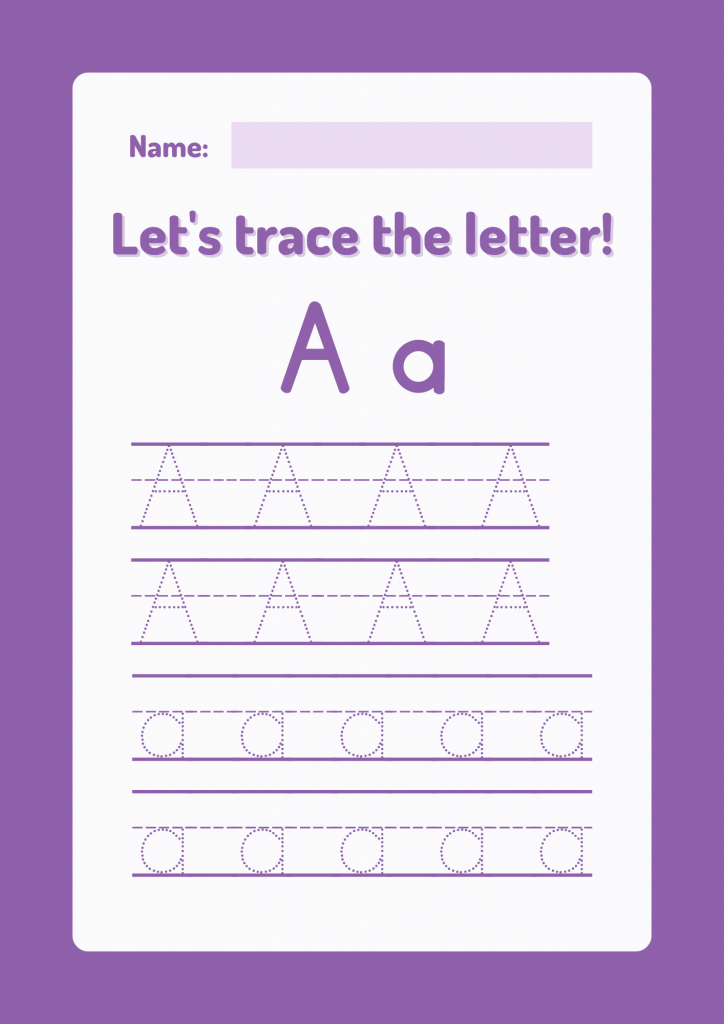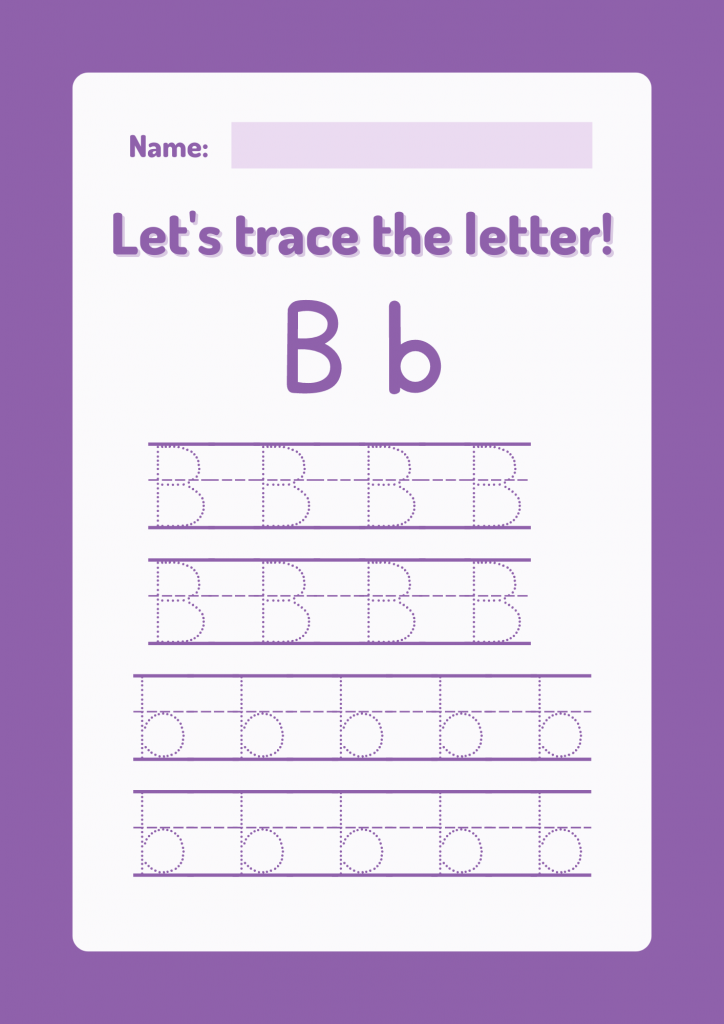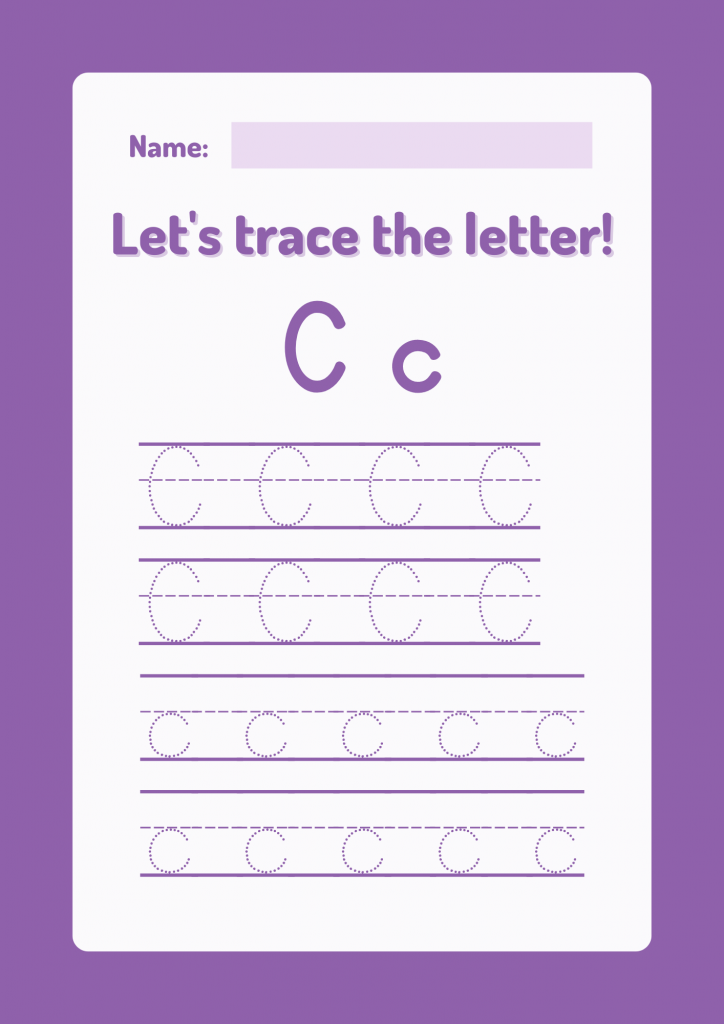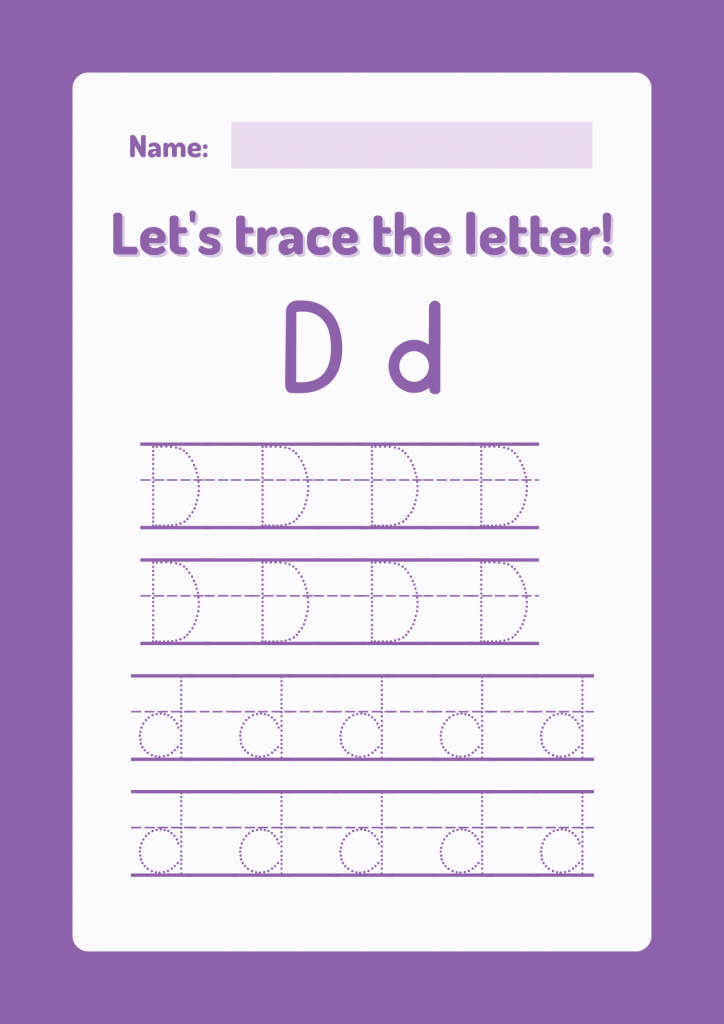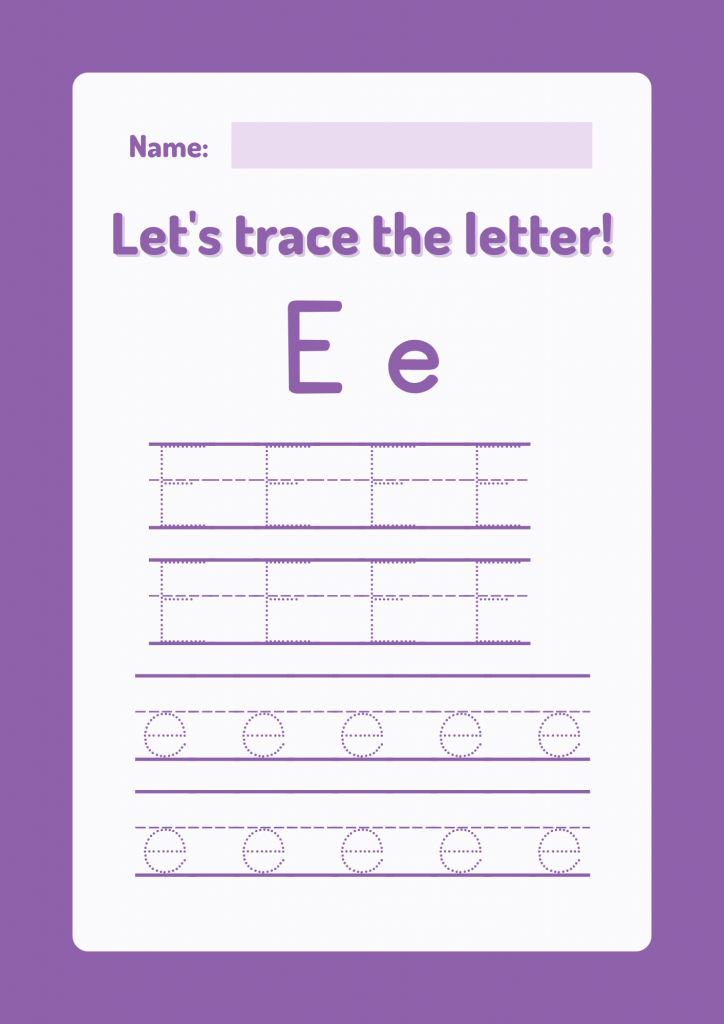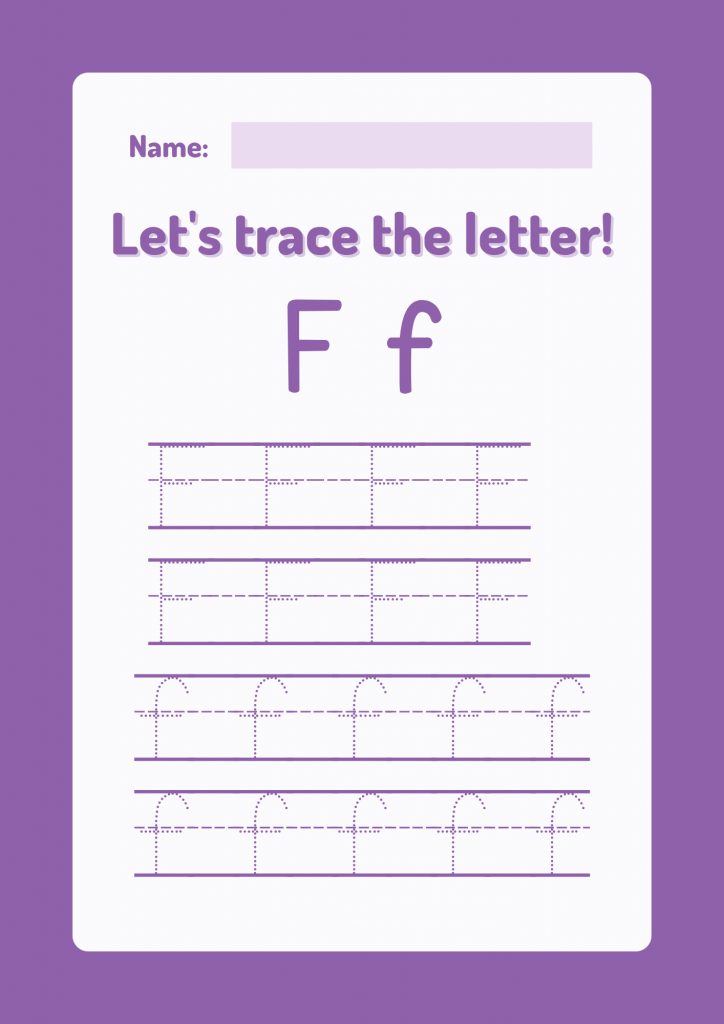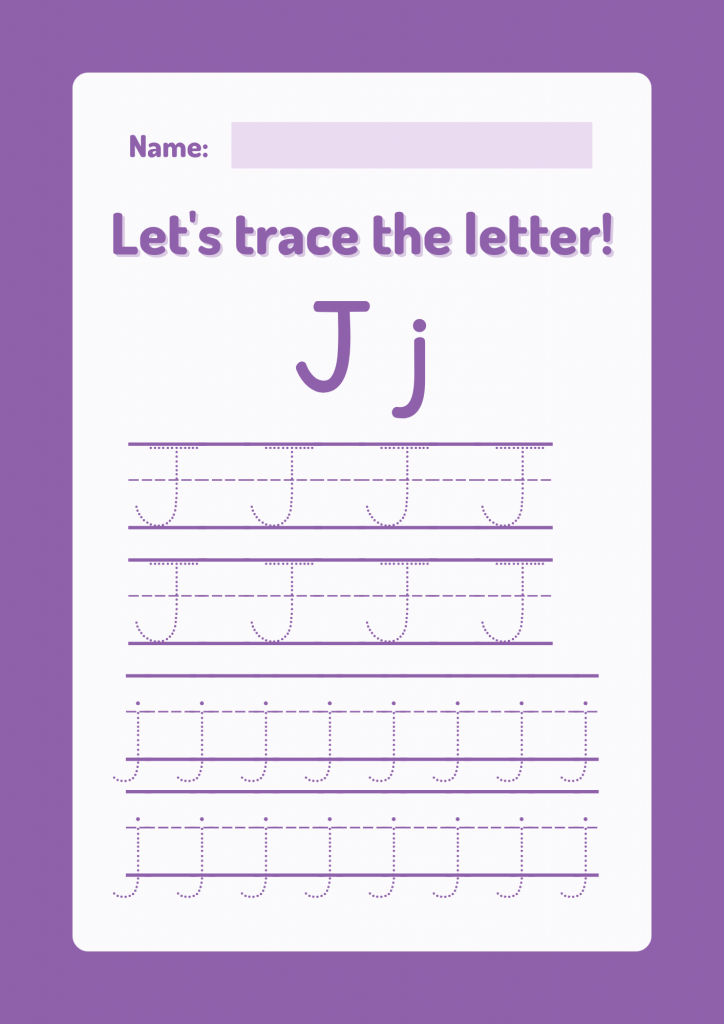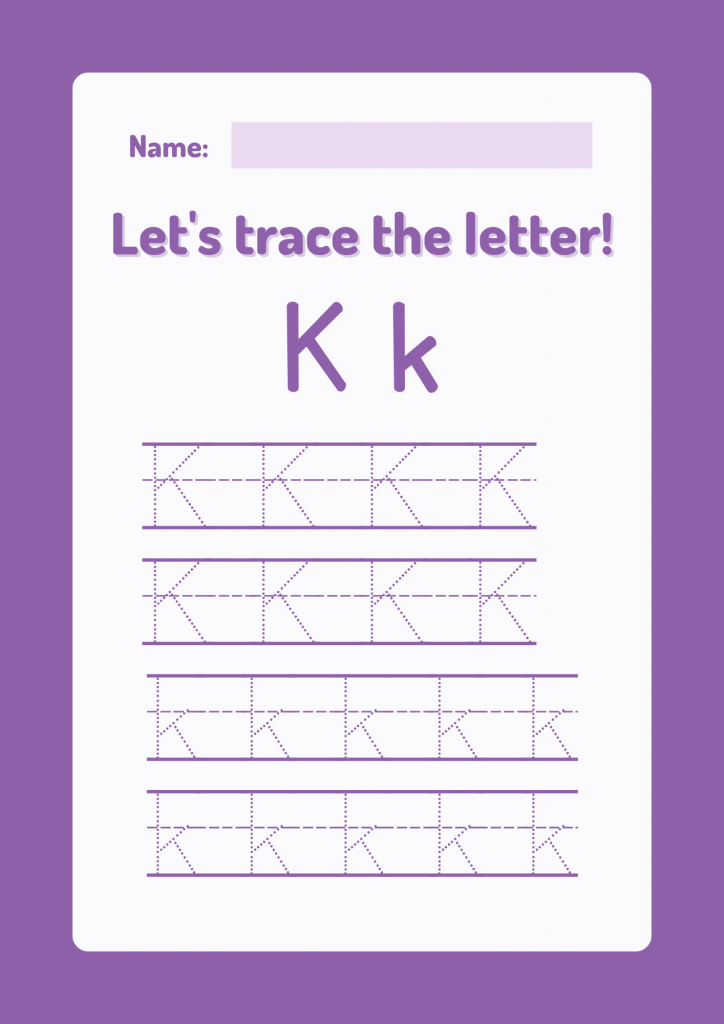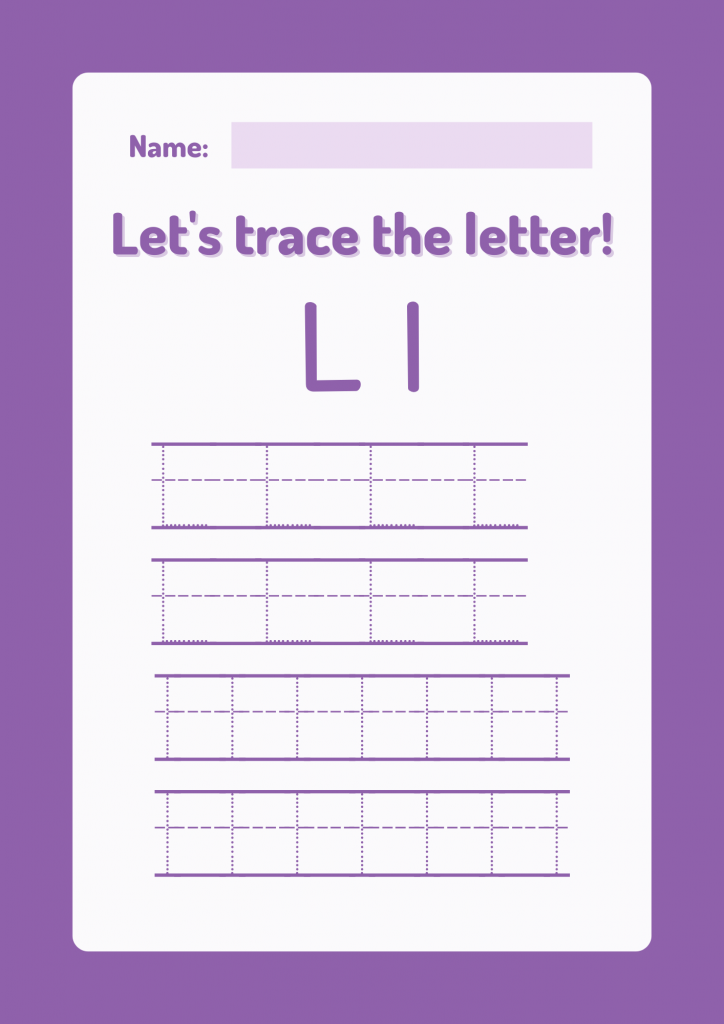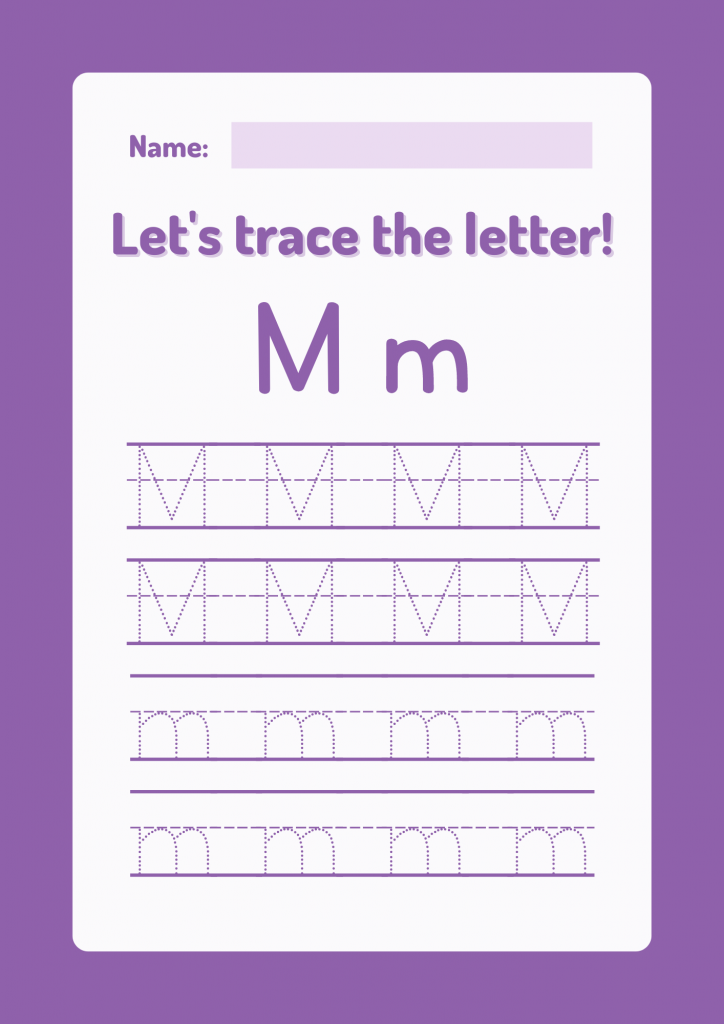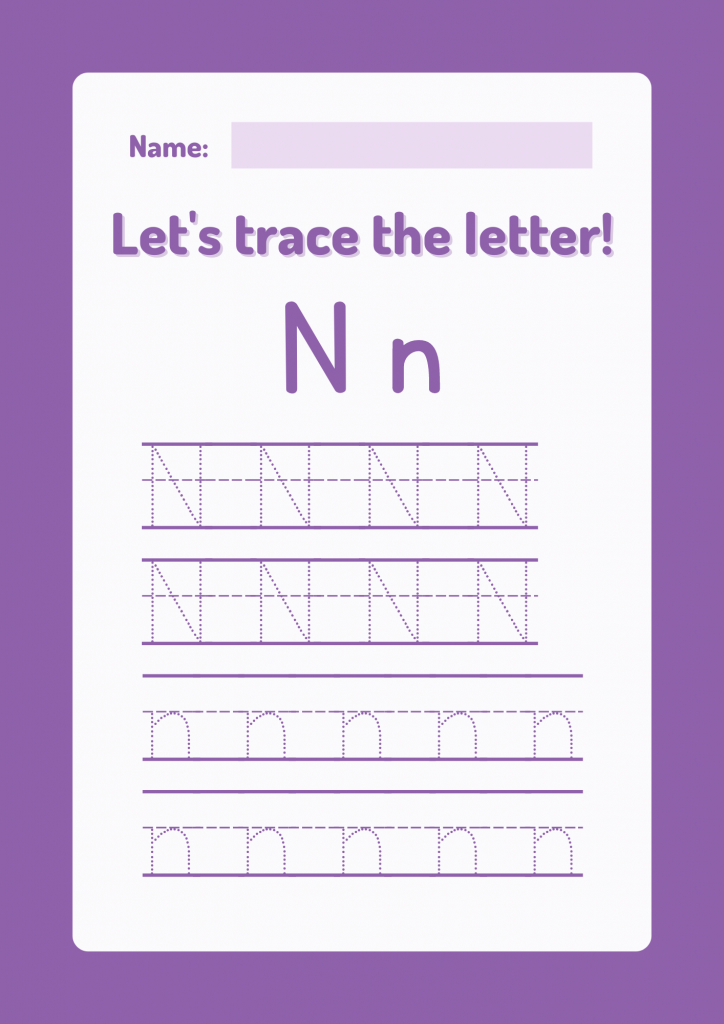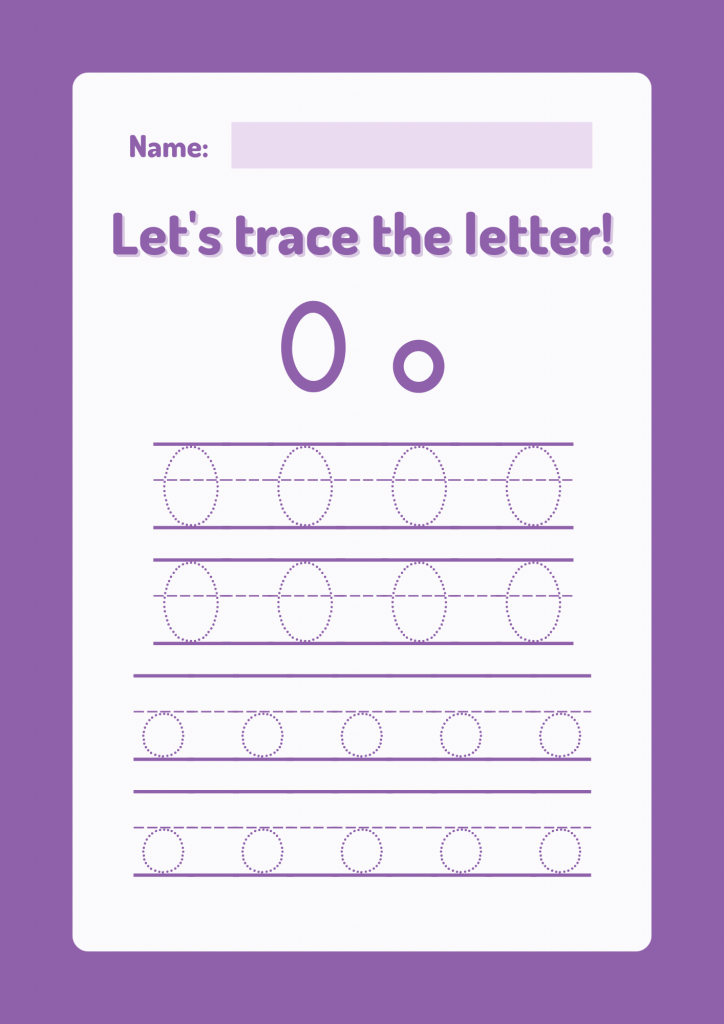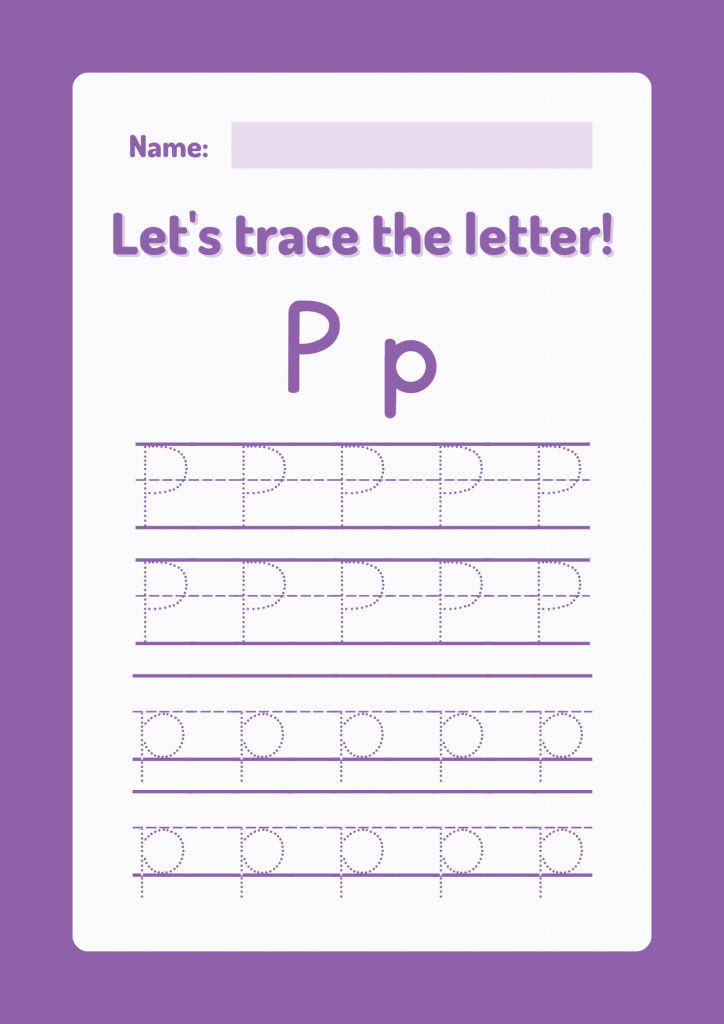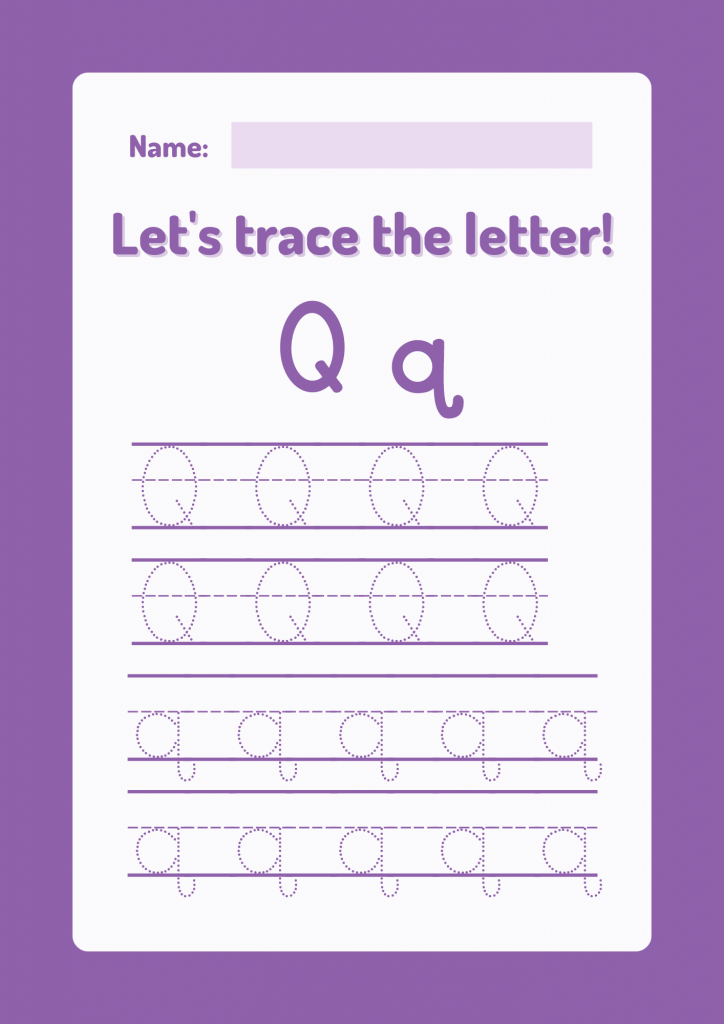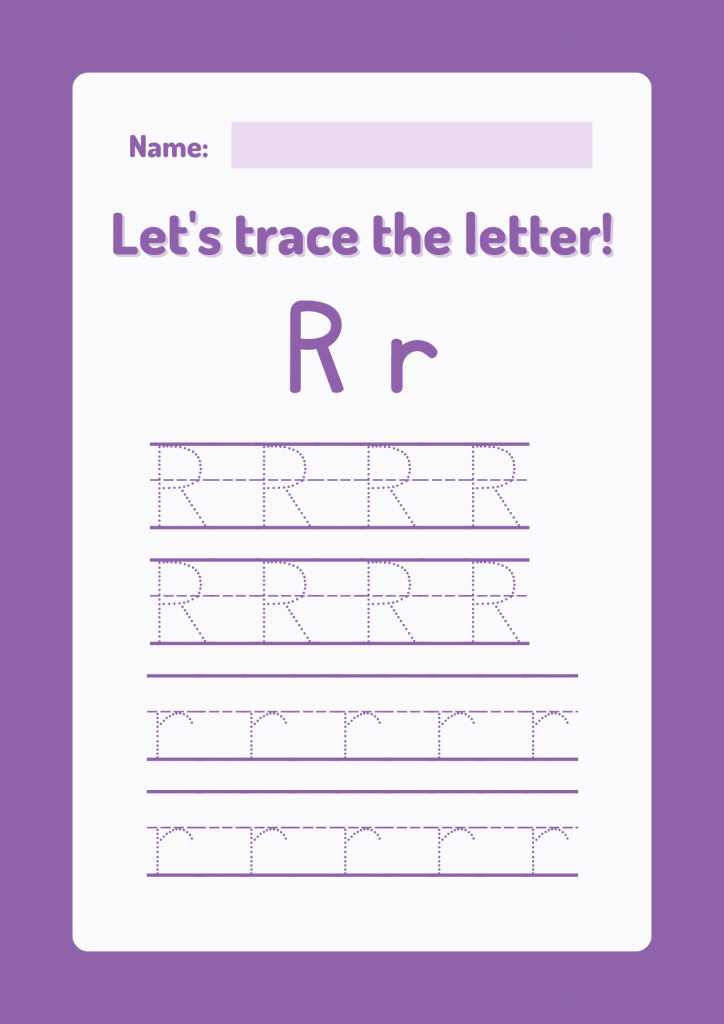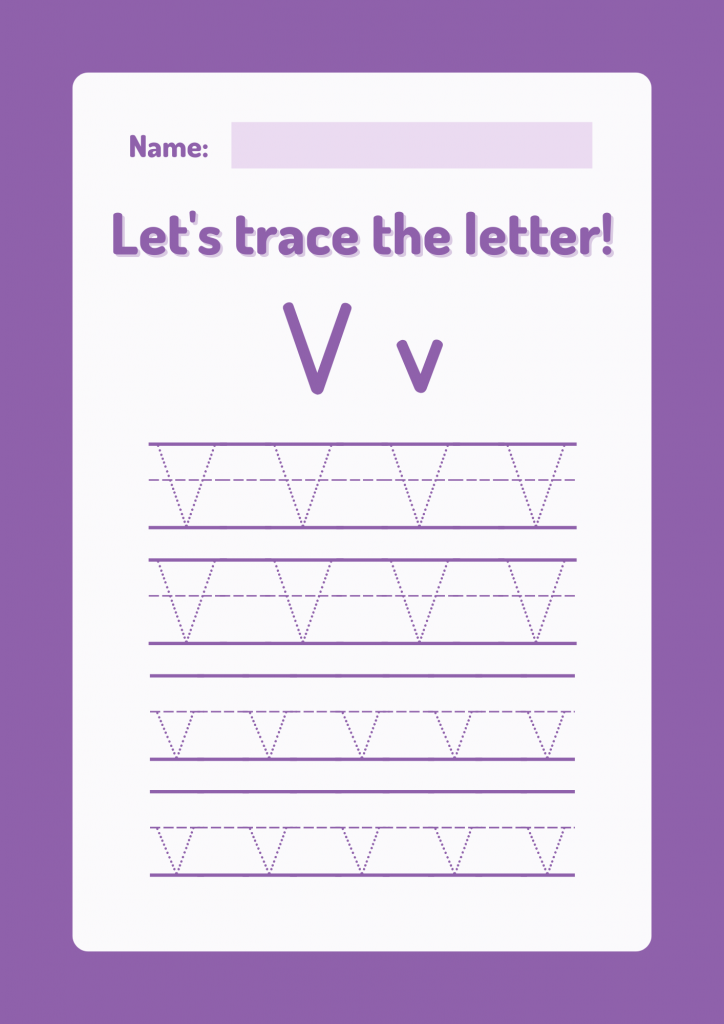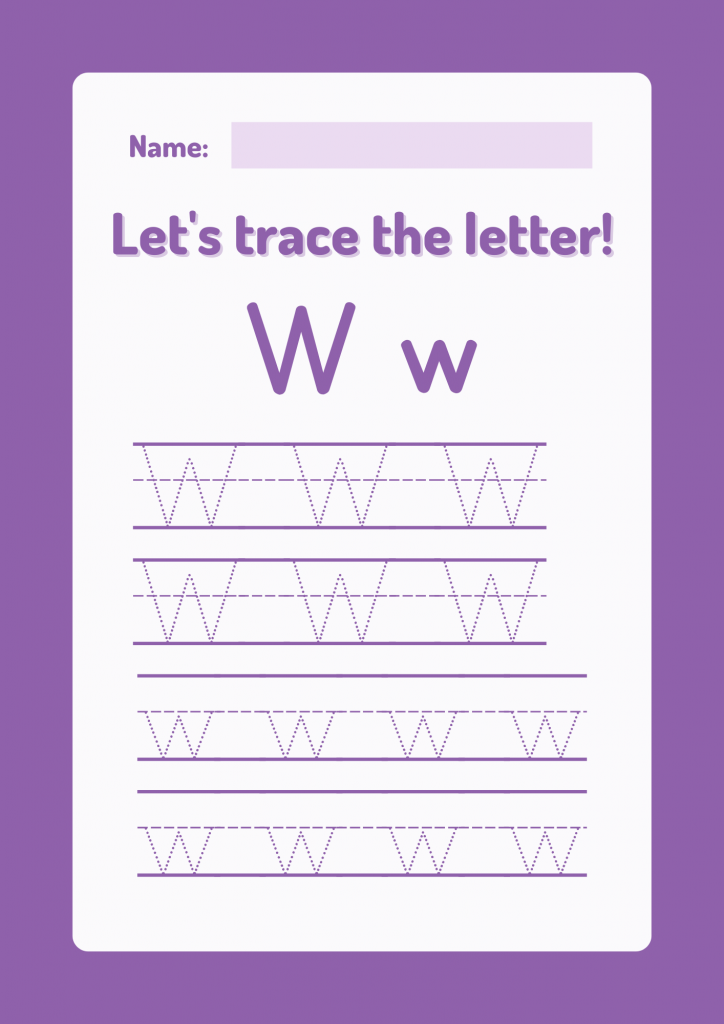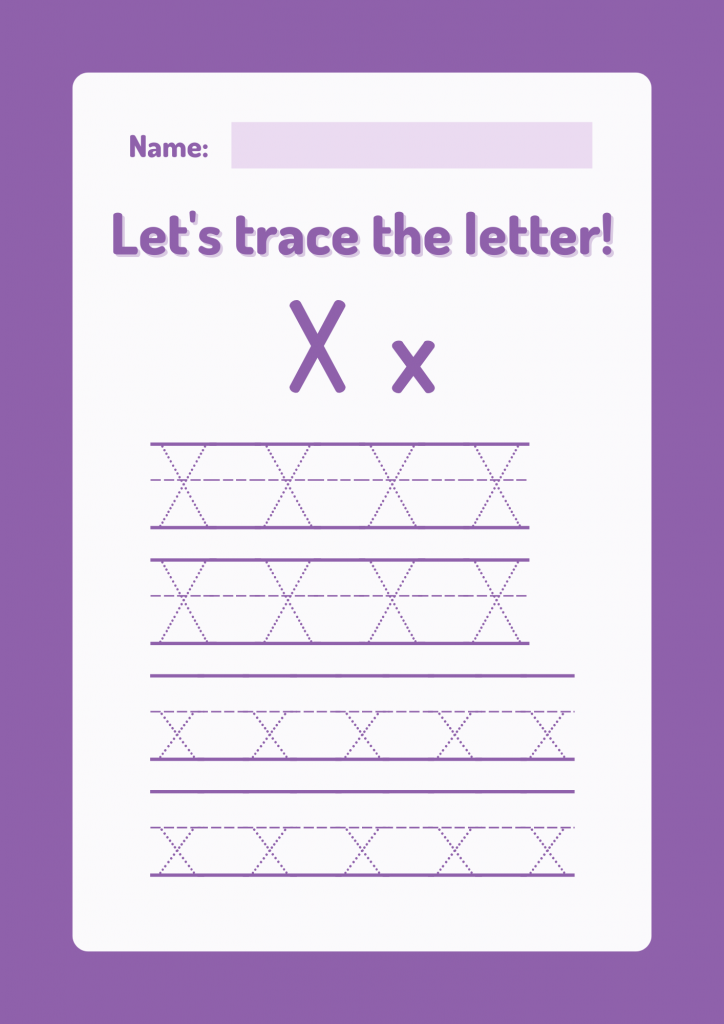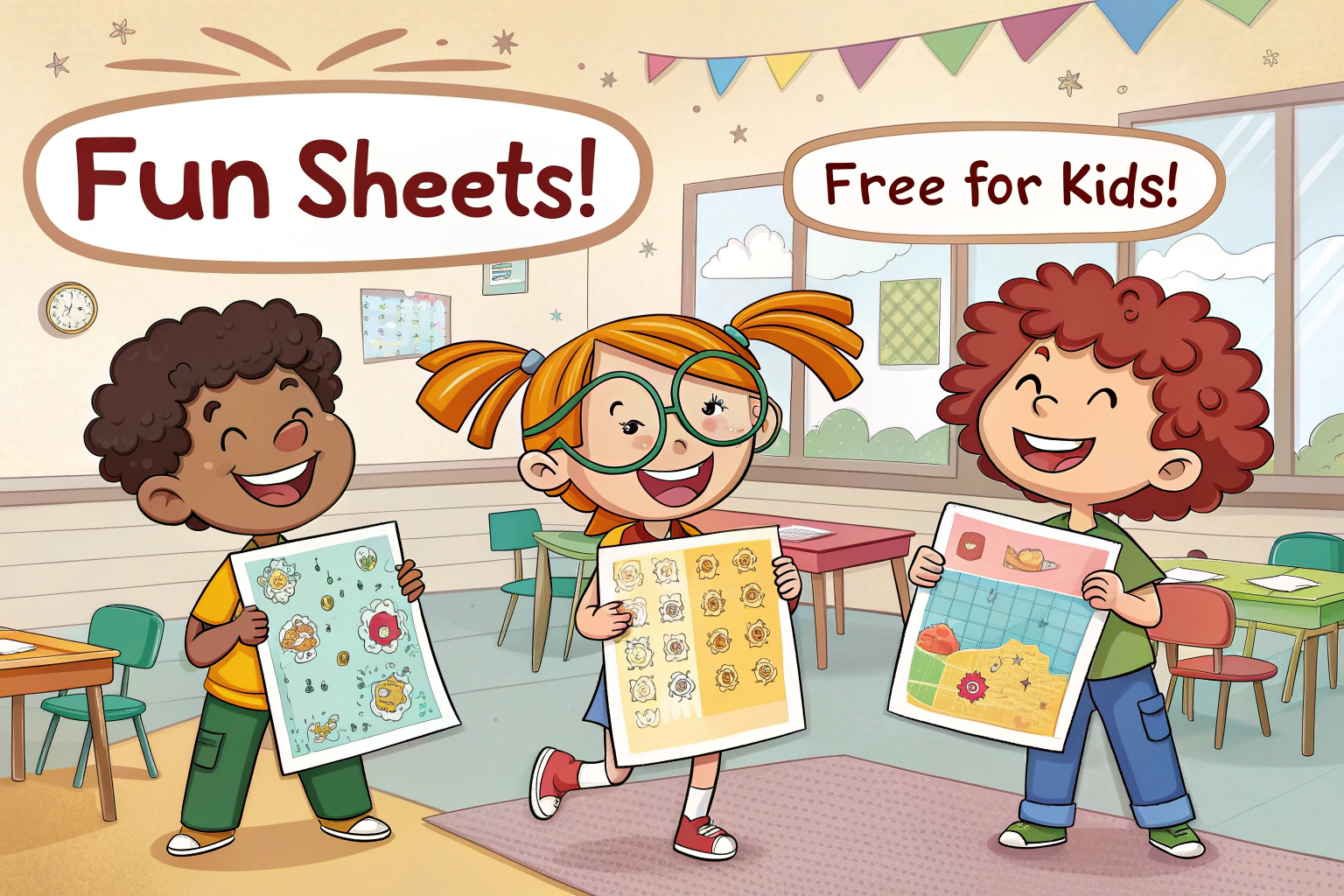Engaging Learning: Free Colorful Letter Tracing Worksheets for Kindergarten Kids
Letter tracing is a crucial step in early childhood education, helping young learners develop essential skills such as hand-eye coordination, fine motor skills, and letter recognition. Adding a colorful twist to these worksheets can make learning more engaging and enjoyable for kindergarten kids. In this blog post, we’ll explore the importance of letter tracing, the benefits of colorful worksheets, where to find free resources, and tips to maximize the learning experience for your child.
The Importance of Letter Tracing in Early Education
Letter tracing plays a fundamental role in early childhood education. Here’s why it’s so important:
1. Development of Fine Motor Skills
Tracing letters requires precise hand movements, which help develop the small muscles in a child’s hands and fingers. This skill is crucial for writing and other daily activities such as buttoning clothes and using utensils.
2. Hand-Eye Coordination
Tracing helps improve hand-eye coordination as children learn to control their hand movements while following the outline of each letter. This coordination is essential for various tasks, both academic and non-academic.
3. Letter Recognition
Consistent practice with tracing helps children recognize letters and their shapes. This foundational skill is critical for reading and writing development.
4. Pre-Writing Skills
Before children can write letters on their own, they need to understand their form and structure. Tracing provides a visual and physical guide, making it easier for children to replicate the letters independently later.
5. Confidence Building
Successfully tracing letters can boost a child’s confidence and motivate them to tackle more challenging writing tasks. Positive reinforcement during this stage encourages a love for learning.
The Benefits of Colorful Letter Tracing Worksheets
Colorful worksheets can make learning more appealing to young children. Here’s how:
1. Visual Stimulation
Bright colors capture children’s attention and make the learning experience more engaging. Colorful worksheets can help maintain their focus and interest in the activity.
2. Enhanced Memory Retention
Studies have shown that colors can improve memory retention. Using different colors for different letters or sections can help children remember letter shapes and sounds more effectively.
3. Encourages Creativity
Colorful worksheets can inspire creativity. Children can enjoy the process of learning to trace while also engaging in coloring, making the experience more enjoyable.
4. Associative Learning
Using colors can help children associate certain letters with specific colors, aiding in quicker and more effective learning. For example, all vowels could be in one color, while consonants are in another.
Tips for Using Colorful Letter Tracing Worksheets Effectively
To maximize the benefits of letter tracing worksheets, consider the following tips:
1. Create a Routine
Establish a regular practice schedule to ensure consistent learning. A few minutes of tracing each day can significantly improve your child’s writing skills over time.
2. Make It Fun
Incorporate games and activities to make tracing more enjoyable. Use colorful markers, stickers, or rewards to keep your child motivated.
3. Provide Positive Reinforcement
Celebrate your child’s successes, no matter how small. Positive reinforcement builds confidence and encourages them to keep practicing.
4. Use a Variety of Worksheets
Keep the learning experience fresh by using different worksheets. Vary the colors, fonts, and styles to maintain your child’s interest and challenge them with new formats.
5. Monitor Progress
Keep track of your child’s progress. Note improvements and areas where they may need extra practice. This can help you tailor the learning experience to their needs.
6. Combine with Other Learning Activities
Integrate tracing worksheets with other learning activities. For example, after tracing the letter “A,” you can find objects that start with “A” around the house or read a book that emphasizes the letter.
Exploring Creative Ways to Enhance Letter Tracing
Letter tracing can be more than just following dotted lines. Here are some creative ideas to make the activity more dynamic and fun:
1. Use Multi-Sensory Approaches
Incorporate different senses into the learning process. For example, have your child trace letters in sand, shaving cream, or even finger paint. This tactile experience can reinforce letter shapes and make learning more engaging.
2. Interactive Apps and Games
There are many educational apps designed to teach letter tracing. These apps often use colorful graphics and interactive elements to make learning fun and engaging. Some popular apps include LetterSchool, ABC Kids, and Writing Wizard.
3. Storytelling and Letter Tracing
Combine storytelling with letter tracing. Create stories around each letter and its sound, and have your child trace the letters as part of the narrative. This approach can make learning more contextual and memorable.
4. Alphabet Art Projects
Turn letter tracing into art projects. After tracing a letter, encourage your child to decorate the page with drawings or stickers related to objects that start with that letter. This can help reinforce letter recognition and phonics.
5. Letter Tracing in Nature
Take the learning outside. Use sticks to trace letters in the dirt or sand, or collect leaves and arrange them into letter shapes. This outdoor activity can make learning more exciting and hands-on.
Printable vs. Digital: Choosing the Right Medium
Both printable and digital tracing worksheets have their advantages. Here’s a look at both options to help you decide which might be best for your child:
Printable Worksheets
Advantages:
- Tangible experience: Physical worksheets allow children to practice holding a pencil or crayon, which is essential for developing fine motor skills.
- No screen time: Printable worksheets provide a break from digital devices, promoting a healthier balance of activities.
- Easy customization: Parents can print multiple copies of worksheets and customize them with different colors or themes.
Disadvantages:
- Limited interactivity: Printable worksheets lack the interactive elements that digital versions can offer.
- Environmental impact: Printing worksheets can use a significant amount of paper and ink.
Digital Worksheets
Advantages:
- Interactive elements: Digital worksheets often include interactive features like animations, sounds, and games that make learning more engaging.
- Portability: Digital worksheets can be accessed on tablets or computers, making them easy to use on the go.
- Unlimited access: Digital resources can be used repeatedly without the need for printing, saving paper and ink.
Disadvantages:
- Screen time: Increased use of digital devices can contribute to excessive screen time, which may have negative effects on children’s health.
- Less focus on fine motor skills: While digital tracing can improve coordination, it may not provide the same level of fine motor skill development as using physical writing tools.
The Long-Term Benefits of Letter Tracing
Investing time in letter tracing during the kindergarten years can have long-lasting benefits for your child’s educational journey. Here are some of the key advantages:
1. Improved Writing Skills
Consistent practice with letter tracing helps children develop the skills needed for writing. This foundation is crucial for academic success in later years.
2. Enhanced Reading Abilities
Letter recognition is a fundamental step toward reading. By becoming familiar with letters and their shapes, children are better prepared to learn to read.
3. Increased Attention to Detail
Tracing letters requires careful attention to detail. This focus can translate to other areas of learning and everyday activities.
4. Greater Confidence in Learning
Mastering the basics of writing through letter tracing can boost a child’s confidence. This positive experience can encourage a love for learning and a willingness to tackle new challenges.
Free colorful letter tracing worksheets are a valuable tool for kindergarten kids, providing an engaging and effective way to develop essential writing skills. By incorporating bright colors and creative elements, these worksheets can make learning fun and stimulating. Whether you choose printable or digital resources, the key is to create a supportive and enjoyable learning environment that encourages your child’s growth and curiosity. With the right resources and a bit of creativity, letter tracing can become a cherished part of your child’s educational journey. Happy tracing!
Kawaii Coloring Pages For Kids
Cute kawaii Sweets Candy Ice cream Cup Cakes Free Coloring pages for kids
Free coloring pages for adults Spring flowers and butterflies
Free Coloring Pages for Kids About Space and Astronauts
Free Coloring ages Of Easter Bunnies and Spring Holidays For Kids
FREE PRINTABLES FOR KIDS UNDER SEA COLORING PAGES
Free Coloring Pages For Kids Based On Super Mario Character | Free Printables For Kids
Free Coloring Pages For kids| Animals Coloring Pages
Free Coloring Pages Of Cute Animals Simple For Kids
Cartoon Baby Girl Coloring Pages For Kids
FREE COLORING PAGES FOR ADULTS
“Free Mandala Coloring Pages for adults: Unlock Your Creativity with Relaxing Mandala”
“Discover the Deep Sea: Free Printable Under-the-Sea Coloring Pages for Adults”
Free Mandala Coloring Pages of Animal Faces
Free Tropical Coloring Pages for Adults
Coloring Pages for Kids Of Pirate Life
Our Amazon Books
You May Also Like
